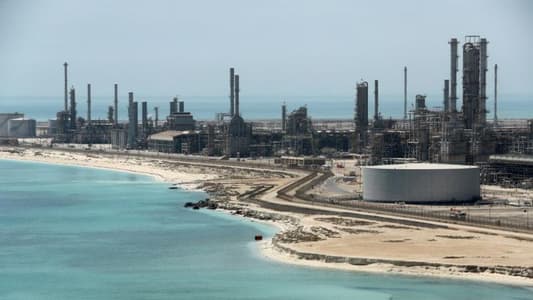Oil prices hit multi-year highs on Monday buoyed by recovering demand and high natural gas and coal prices encouraging users to switch to fuel oil and diesel for power generation.
Brent crude oil futures were up 59 cents, or 0.7%, to $85.45 a barrel by 0900 GMT, after hitting $86.04, their highest level since October 2018.
U.S. West Texas Intermediate (WTI) crude futures climbed 90 cents, or 1.1%, to $83.18 a barrel, after hitting a $83.73, their highest since October 2014.
Both contracts rose by at least 3% last week.
"Easing restrictions around the world are likely to help the recovery in fuel consumption," analysts at ANZ bank said in a note, adding that gas-to-oil switching for power generation alone could boost demand by as much as 450,000 barrels per day in the fourth quarter.
Cold temperatures in the northern hemisphere are also expected to worsen an oil supply deficit, said Edward Moya, senior analyst at OANDA.
"The oil market deficit seems poised to get worse as the energy crunch will intensify as the weather in the north has already started to get colder," he said.
"As coal, electricity, and natural gas shortages lead to additional demand for crude, it appears that won't be accompanied by significantly extra barrels from OPEC+ or the U.S.," he said.
Prime Minister Fumio Kishida said on Monday that Japan would urge oil producers to increase output and take steps to cushion the impact of surging energy costs on industry.
Chinese data showed third-quarter economic growth fell to its lowest level in a year hurt by power shortages, supply bottlenecks and sporadic COVID-19 outbreaks.
China's daily crude processing rate in September also fell its lowest level since May 2020 as a feedstock shortage and environmental inspections crippled operations at refineries, while independent refiners faced tightening crude import quotas.






TWEET YOUR COMMENT